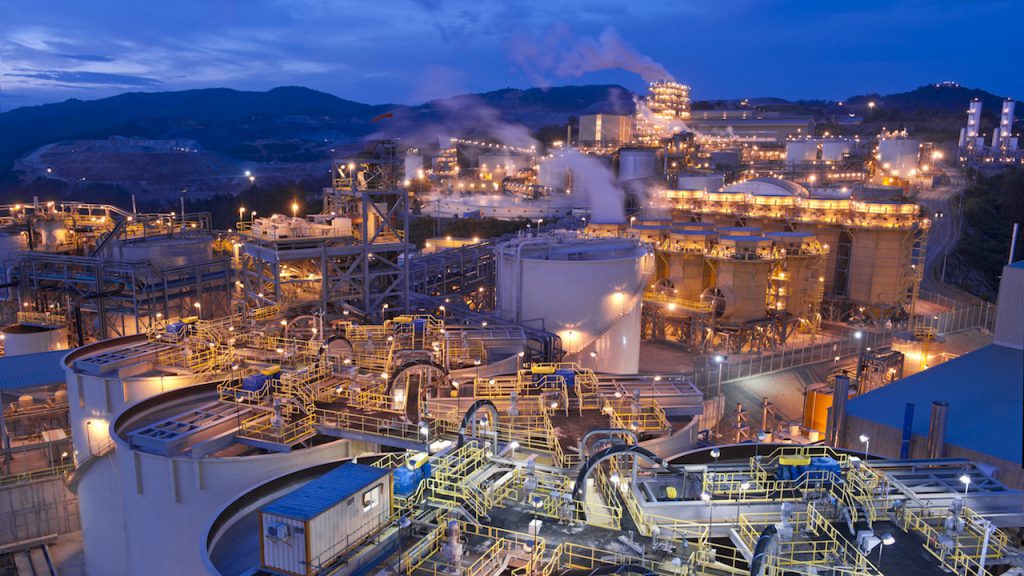
Canada’s Barrick Gold (TSX:ABX)(NYSE:GOLD), the world’s second largest producer of the precious metal, said on Tuesday that its Pueblo Viejo mine in the Dominican Republic will receive its first natural gas in the first three months of the year as it seeks to lower greenhouse gas emissions and cut costs.
Barrick president and chief executive, Mark Bristow, said that since the commissioning of the Quisqueya I power plant in 2013, Pueblo Viejo has looked for ways to reduce its environmental impact as well as the cost of energy production.
Conversion of Quisqueya I to natural gas expected to reduce Pueblo Viejo’s power generation costs by some 30%
“The conversion of Quisqueya I to natural gas will help reduce Pueblo Viejo’s power generation costs by some 30%,” Bristow said in the statement. “Greenhouse gases will also be cut by 30% and nitrogen oxide by 85%, and the mine’s dependence on oil will be significantly decreased.”
The gold giant said in May that it was considering a $1 billion expansion of the mine, a 60-40 joint venture with Newmont Goldcorp (NYSE: NEM)(TSX: NGT).
The project, which includes expanding the operation’s tailings capacity, has the potential to extend the life of the mine into the 2030s and beyond.
Barrick considers Pueblo Viejo a “tier one” asset, which it defines as a mine with a projected life of more than 10 years and production, as of 2017, of at least 500,000 ounces of gold.
Located nearly 100 kilometres (about 60 miles) northwest of Dominican Republic’s capital Santo Domingo, the mine began production in 2012. Last year, it churned out 581,000 ounces of gold at an all-in sustaining cost (AISC) of $623 an ounce in 2018 and is forecast to produce 550,000 to 600,000 ounces this year at an AISC of $610-$650 an ounce.